The relentless advance of saline soils poses one of agriculture's most formidable challenges, yet along coastlines worldwide, an unsung army of halophytes thrives where most plants perish. These salt-tolerant botanical specialists have evolved extraordinary biochemical adaptations that not only allow survival in brutal conditions but may hold keys to addressing global food security crises. Scientists are now decoding their secrets with increasing urgency.
Where seawater intrudes or irrigation leaves mineral residues, conventional crops wither as sodium ions disrupt their cellular machinery. Yet in these same toxic environments, species like mangrove trees, seashore paspalum grass, and glasswort flourish with almost defiant vitality. Their survival hinges on sophisticated three-pronged strategies: exclusion, excretion, and compartmentalization - each representing millions of years of evolutionary refinement against saline adversity.
The root systems of these plants function as microscopic desalination plants, employing selective filtration mechanisms that block up to 97% of salt ions while permitting water absorption. Specialized root endodermal cells called Casparian strips act as biological gatekeepers, their waxy suberin deposits forming impermeable barriers that filter solutes at the molecular level. Some species enhance this filtration through symbiotic relationships with mycorrhizal fungi, whose hyphal networks extend the root's reach while secreting salt-binding proteins.
For the inevitable salt breaches, halophytes deploy ingenious cellular cleanup mechanisms. Salt glands on leaf surfaces function like miniature salt shakers in reverse, actively pumping sodium chloride to the exterior where wind and rain remove the crystalline deposits. Researchers at King Abdullah University discovered that Atriplex species can excrete their entire sodium intake within 36 hours through these microscopic structures. The process consumes energy equivalent to 15% of the plant's photosynthetic output - a staggering survival tax paid willingly in exchange for saline real estate.
Internally, vacuoles serve as secure storage units, isolating absorbed salts away from delicate metabolic machinery. These membrane-bound compartments can concentrate sodium at levels 200 times higher than the cytoplasm without disrupting cellular function. The saltwater cordgrass Spartina alterniflora takes this strategy further, modifying its vacuole membranes seasonally to release stored salts during rainy periods - a remarkable example of environmental synchronization.
Biochemical innovations complement these structural adaptations. Halophytes produce organic osmolytes like proline and glycine betaine that protect enzymes from salt-induced denaturation. Their photosynthetic pathways often utilize specialized C4 or CAM metabolism to conserve water under osmotic stress. Perhaps most remarkably, some species can adjust their salt tolerance dynamically based on environmental conditions through epigenetic modifications - passing temporary adaptations to subsequent generations without altering DNA sequences.
Agricultural applications of these adaptations are already taking shape. Through traditional breeding and genetic engineering, researchers have developed salt-tolerant rice varieties that incorporate mangrove-derived genes, boosting yields in affected paddies by up to 40%. In the United Arab Emirates, agronomists are testing halophyte forage crops that thrive on seawater irrigation, potentially transforming 1 billion hectares of currently unproductive land into livestock feed sources.
The implications extend beyond crop science. Coastal cities are experimenting with salt-resistant green infrastructure to combat rising sea levels, while pharmaceutical companies investigate halophyte compounds for novel antimicrobials. Even the cosmetics industry has taken notice, with several brands now harvesting marine plant extracts for their unique antioxidant properties.
Yet significant challenges remain in translating these natural adaptations to conventional crops. The energy costs of salt tolerance often reduce maximum potential yields, while complex trait inheritance patterns complicate breeding programs. Some scientists advocate bypassing these limitations entirely through seawater agriculture systems designed specifically for halophytes rather than forcing adaptations onto traditional crops.
As climate change accelerates soil salinization - currently affecting 20% of irrigated land globally - the urgency of these investigations intensifies. The silent struggle of coastal plants against saline adversity, perfected over eons, may ultimately provide solutions to one of humanity's most pressing agricultural dilemmas. Their quiet resilience along hostile shorelines represents not just a biological curiosity, but potentially a lifeline for civilizations battling expanding deserts and rising seas.
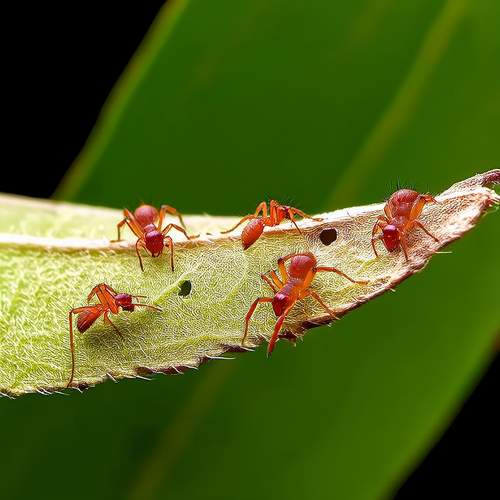
By /May 21, 2025

By /May 21, 2025
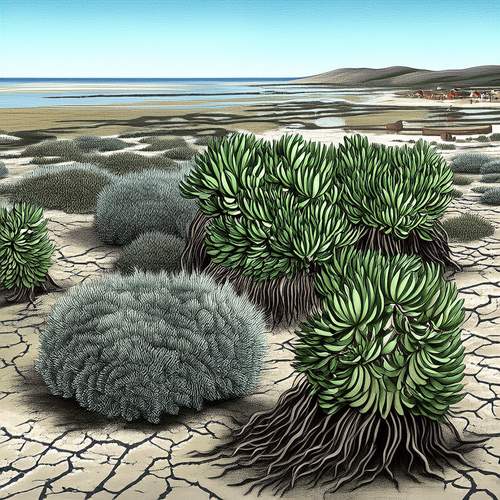
By /May 21, 2025

By /May 21, 2025
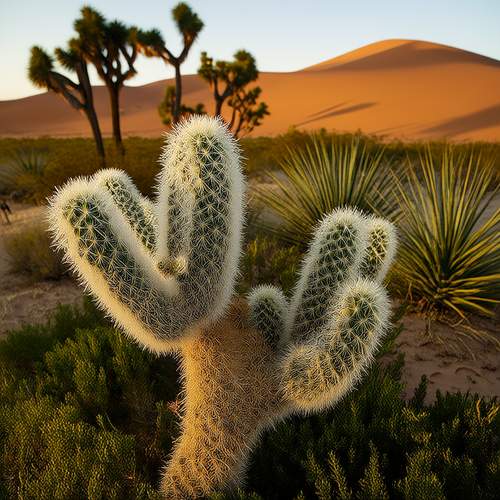
By /May 21, 2025

By /May 21, 2025

By /May 21, 2025

By /May 21, 2025
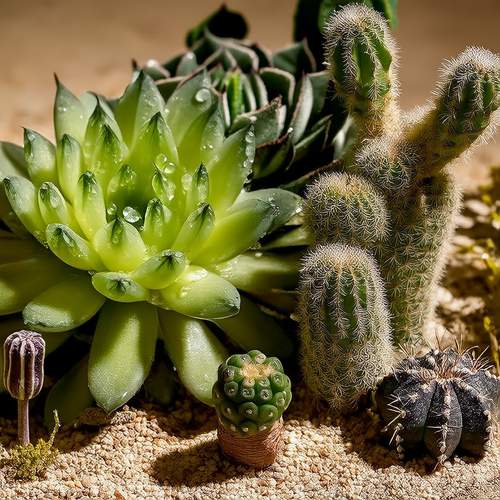
By /May 21, 2025
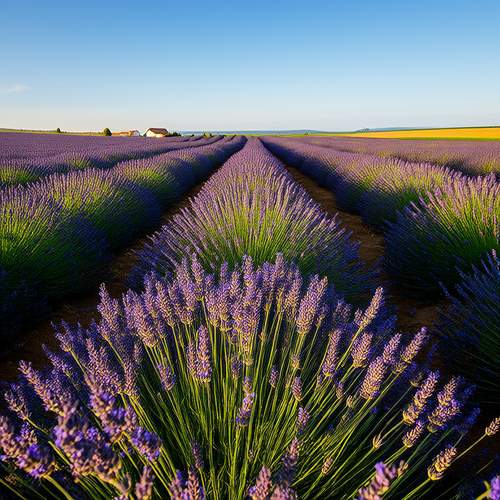
By /May 21, 2025

By /May 21, 2025
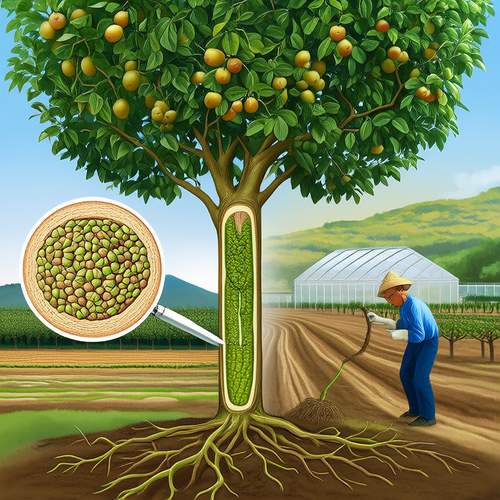
By /May 21, 2025

By /May 21, 2025

By /May 21, 2025

By /May 21, 2025
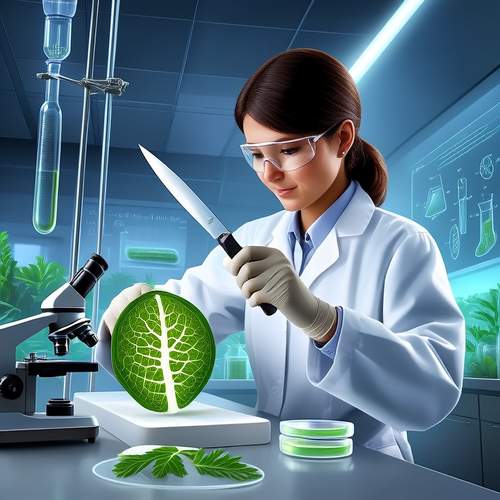
By /May 21, 2025

By /May 21, 2025
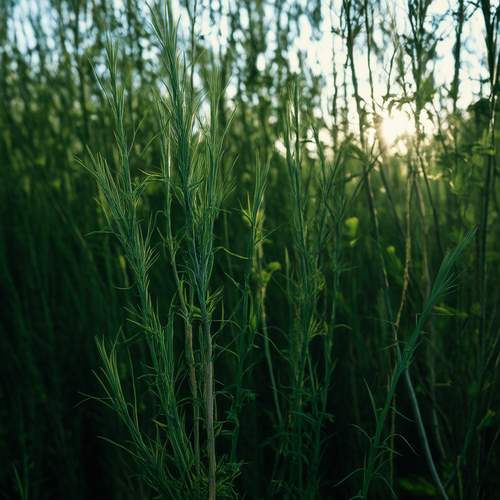
By /May 21, 2025
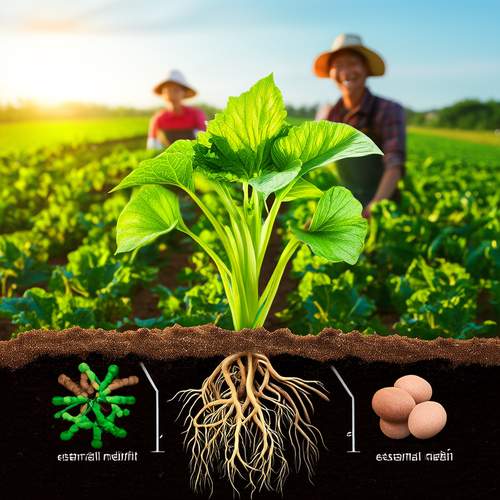
By /May 21, 2025

By /May 21, 2025